Deep neural networks can predict crystal stability
Weike’s paper on “Deep Neural Networks for Accurate Predictions of Crystal Stability” is now out in Nature Communications. Predicting the stability of crystals is one of the central problems in materials science. Here, we show that deep neural networks, i.e., algorithms that mimic the animal brain, utilizing just the electronegativity and ionic radii as inputs can predict formation energies of crystals with extremely high accuracy. We also demonstrate how these models can be generalized for mixed crystals using a binary encoding scheme, and use it to identify thousands of potentially stable new compositions. We have published a web app (http://crystals.ai) that enables anyone to use these models. News: UCSD News: Scientists use artificial neural networks to predict new stable materials Paper: W. Ye, C. Chen, Z. Wang, I.-H. Chu, S.P. Ong, Deep neural networks for accurate predictions of crystal stability, Nat. Commun. 9 (2018) 3800. doi:10.1038/s41467-018-06322-x.


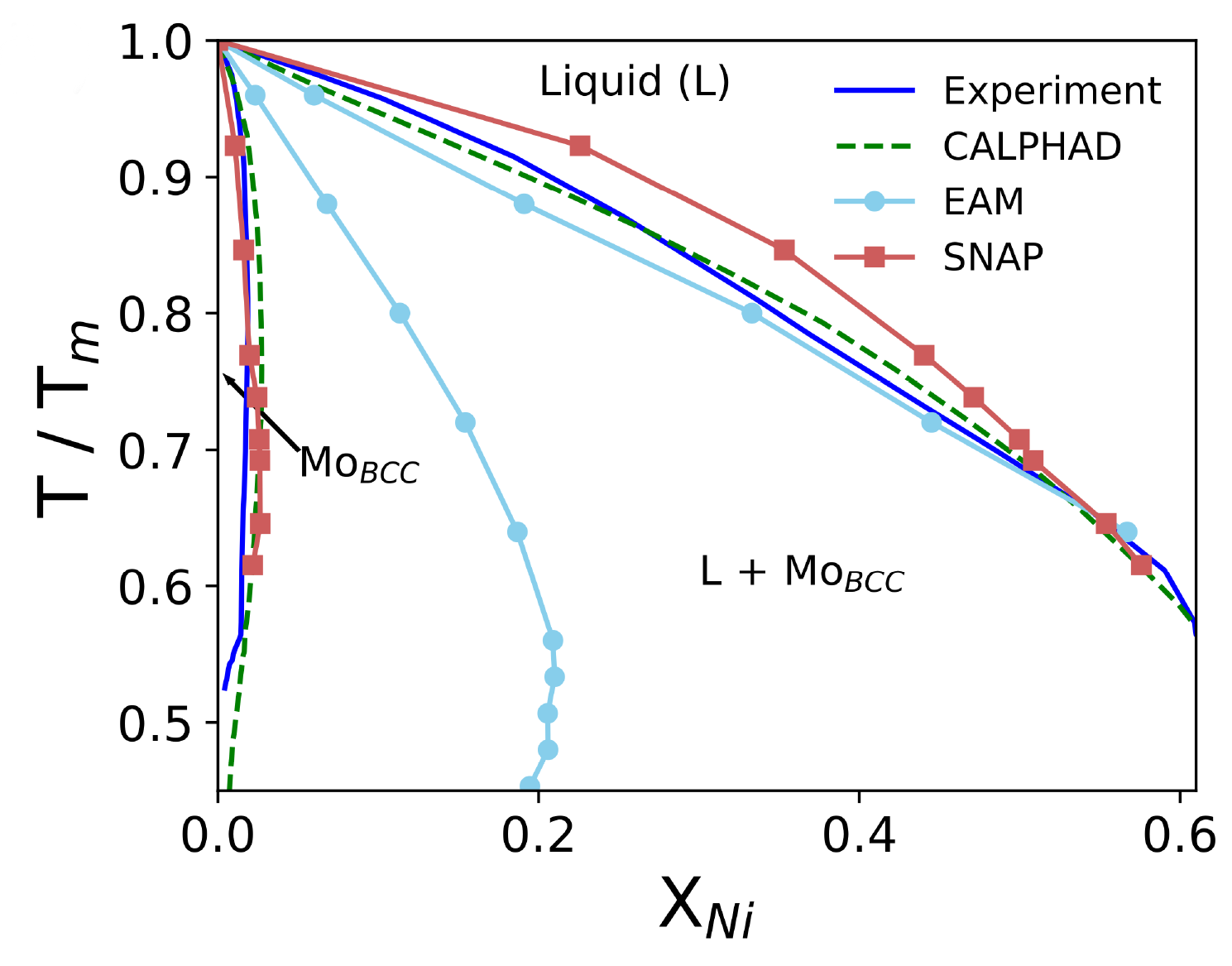

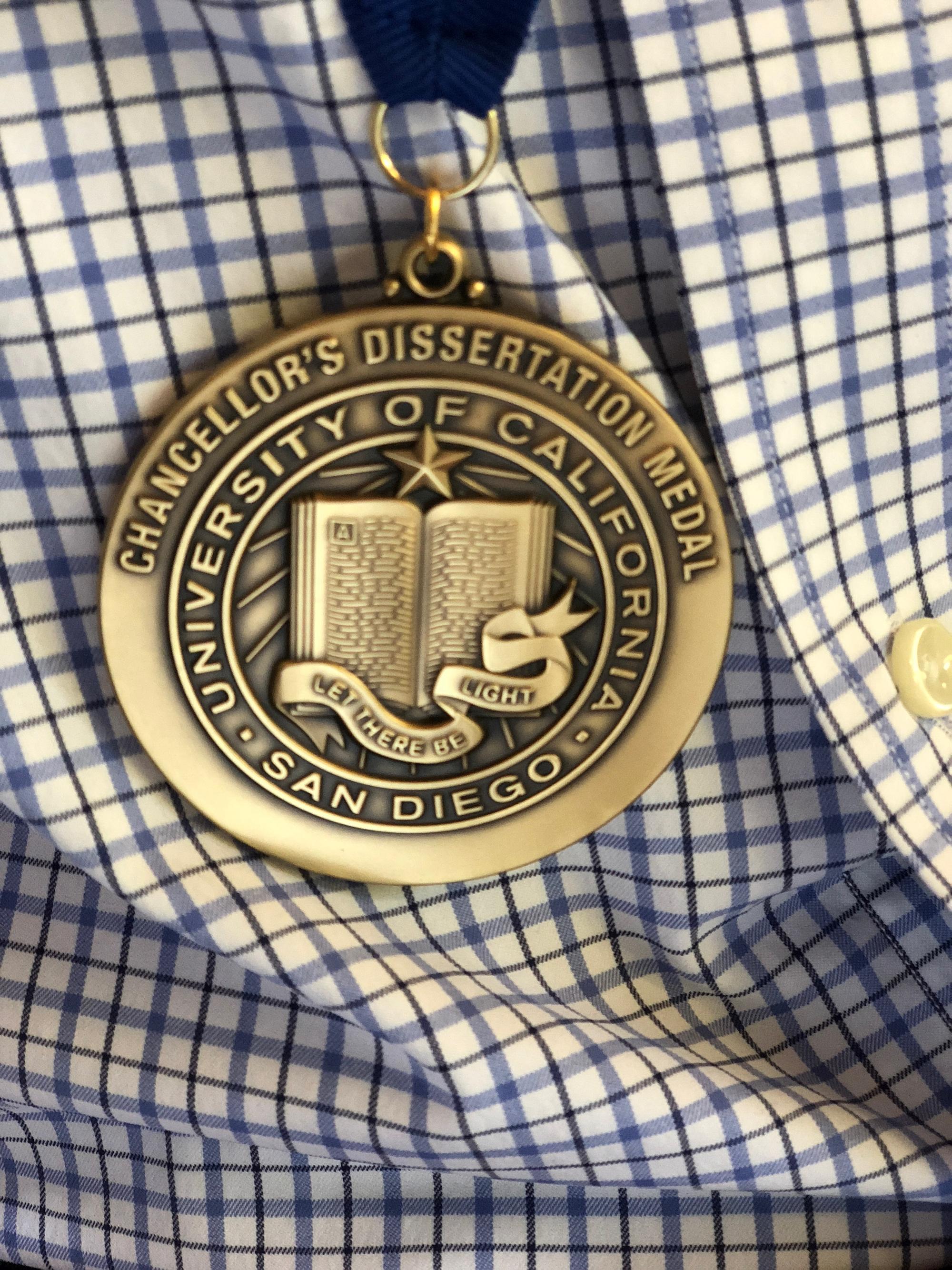

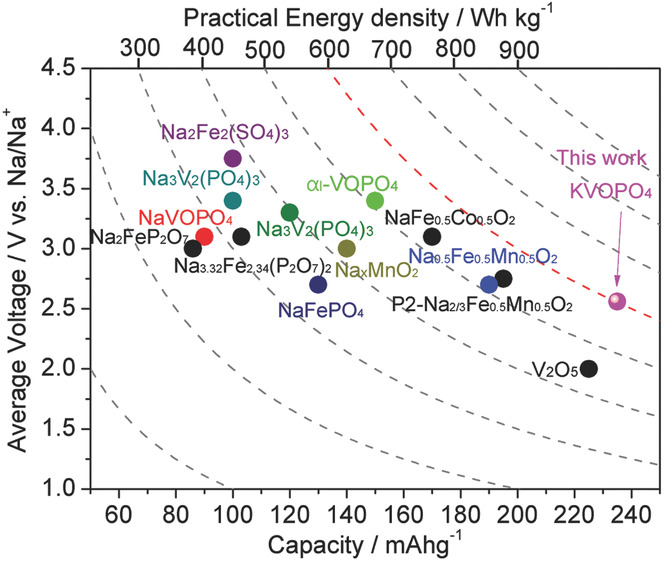
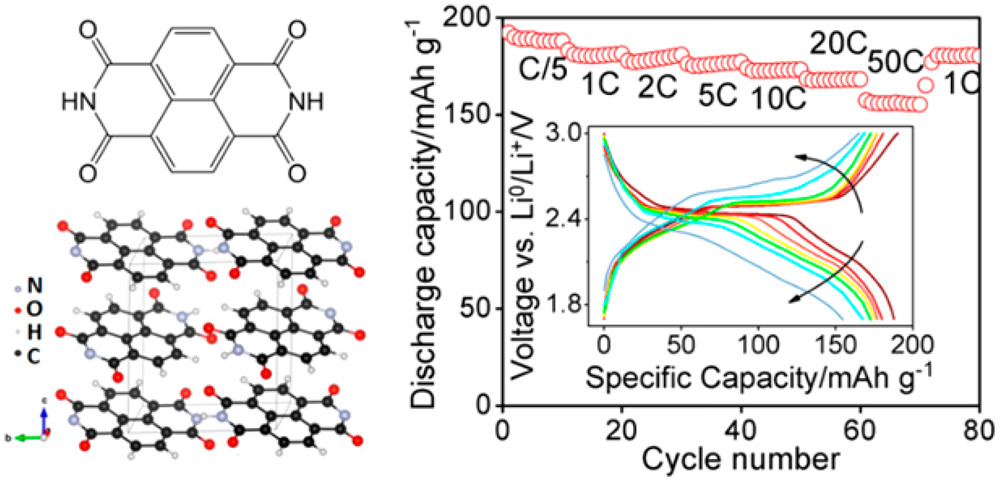
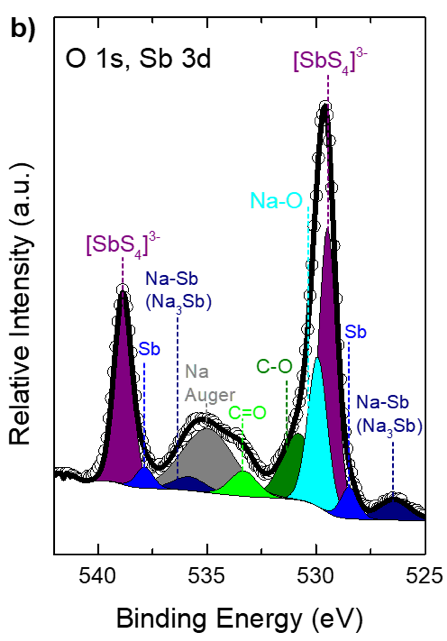

You must be logged in to post a comment.